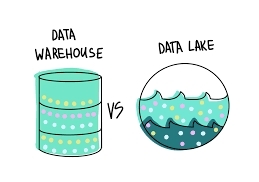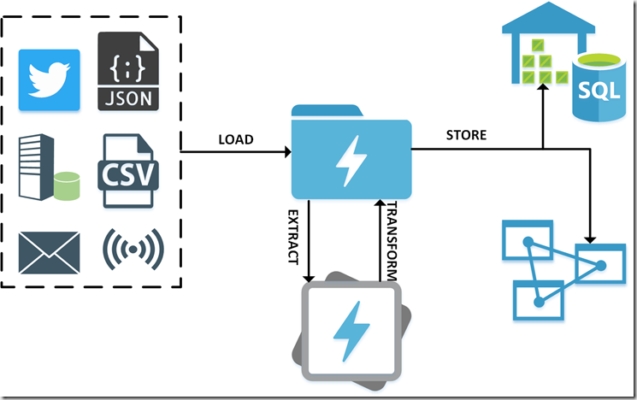What is Data Lake
A data lake is a centralized repository that allows you to store all your structured and unstructured data at any scale. You can store your data as-is, without having to first structure the data, and run different types of analytics-from dashboards and visualizations to big data processing, real-time analytics, and machine learning to guide better decisions.
Data Lakes compared to Data Warehouses - two different approachesDepending on the requirements, a typical organization will require both a data warehouse and a data lake as they serve different needs, and use cases.
A data warehouse is a database optimized to analyze relational data coming from transactional systems and line of business applications. The data structure, and schema are defined in advance to optimize for fast SQL queries, where the results are typically used for operational reporting and analysis. Data is cleaned, enriched, and transformed so it can act as the 'single source of truth' that users can trust.
A data lake is different, because it stores relational data from line of business applications, and non-relational data from mobile apps, IoT devices, and social media. The structure of the data or schema is not defined when data is captured. This means you can store all of your data without careful design or the need to know what questions you might need answers for in the future. Different types of analytics on your data like SQL queries, big data analytics, full text search, real-time analytics, and machine learning can be used to uncover insights.
As organizations with data warehouses see the benefits of data lakes, they are evolving their warehouse to include data lakes, and enable diverse query capabilities, data science use-cases, and advanced capabilities for discovering new information models. Gartner names this evolution the 'Data Management Solution for Analytics' or 'DMSA.'















